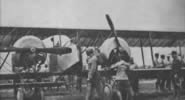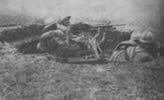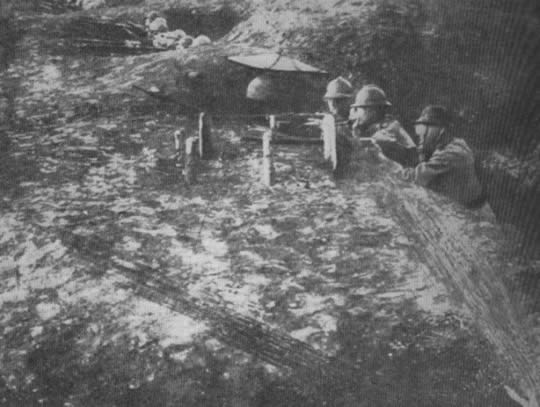Following the failure of the overextended Germans to break out of the mountains into the plains, the German commander switched the main axis of attack to the west, attacking from Banat into Oltenia and western Romania. There, he achieved local superiority in men in equipment and launched its new offensive on the 10th of October, after a powerful barrage. For four days, the Germans slowly gained ground as the hard-pressed Romanian 11th Infantry Division pulled back under the weight of the onslaught. The heaviest fighting erupted on the 14th, when the enemy crossed the river Jiu and menaced the city of Tg. Jiu itself. At that moment, the civilian population ( mostly elderly men and teenagers but there are reports that even women took part in the fighting ) rushed forward to aid the regular units. For an entire afternoon, these untrained men, armed with hunting rifles, weapons taken from the dead and generally anything they could get their hands on, held their ground against powerful German assaults until parts of the 59th Infantry Regiment arrived and repulsed the enemy for good. As the overconfident Germans got cocky and failed to realize their flanks were now dangerously exposed to counterattacks, the Romanian commander, general Dragalina, launched a counter strike and by nightfall was about to encircle two German divisions. Panicked, the enemy troops pulled back in disarray, as even Falkenhayn had to admit in his memories "We could barely save the horses. For the guns and vehicles there was nothing we could do : those had to be destroyed or thrown off the steep cliffs..". 2000 German POW's were taken as well as large amounts of weapons and equipment.








